WOLF: Who was, in your view, the best natural campaigner who ran for president? What did they do differently?
DOHERTY: While it's hard to pick out a single best campaigner, two who come to mind are John F. Kennedy and Ronald Reagan.
Kennedy actively campaigned in the primary elections in 1960 at a time when leading candidates often skipped active campaigning during the nomination contest. But he wanted to demonstrate his electability to party leaders who might be skeptical that a Catholic could win the White House after the only other Catholic major party nominee had lost in a landslide to Herbert Hoover in 1928.
Kennedy was widely seen as charming and eloquent on the stump, and his wins in the Wisconsin and West Virginia primaries helped him win his party's nomination and then the White House.
Reagan channeled his years of performance as an actor and his sense of humor to campaign effectively for the presidency. His voice, his timing, and his telling of stories and jokes to connect with his audiences won him much praise.
When questioners implied that being an actor wasn't adequate preparation to be president, Reagan would respond that he didn't know how someone could be an effective president who hadn't been an actor.
WOLF: Is active campaigning — holding rallies and flying from stop to stop — effective in a country of more than 335 million people? A candidate can only shake so many hands. Plus, most people already lean toward one party or the other. What does putting a candidate on the trail accomplish?
DOHERTY: While presidential candidates can only meet a relatively small sliver of the American population — and, more importantly, of the population of the small number of Electoral College battleground states that will decide a presidential election — their campaigning can drive news coverage, which has a multiplier effect when it comes to getting their message out.
Political science studies have shown that local news coverage is often more favorable to presidents and presidential candidates than national news coverage is, so candidates campaign in part so that local media outlets will amplify their campaign messages.
While it's increasingly difficult for candidates to grab and hold the public's attention given our increasingly fragmented media landscape, that certainly doesn't stop presidential hopefuls from trying.
WOLF: I suppose the inverse of candidates who don't campaign is our current system, in which they only briefly stop campaigning to govern. Why is the permanent campaign a problem, and how could it be fixed?
DOHERTY: Modern presidents campaign for themselves and for their fellow party members throughout their term in office. They raise campaign funds and they travel to key electoral states.
While presidents used to try not to appear to be overly focused on campaigning too early in their term in office, that's no longer the case.
In the summer of his third year in office, Ronald Reagan refused to tell an interviewer whether or not he would run for another term because he said that he didn't want everything he did as president to be seen through a political lens.
In contrast, Donald Trump filed paperwork establishing his reelection campaign committee on the day in 2017 when he was inaugurated as president, and he held his first reelection fundraiser less than six months later, in June of his first year in office.
When presidents begin their explicit campaigning earlier and earlier in their term in office, they are responding to the incentives of our electoral system. But time is the president's scarcest resource, and time spent campaigning is time not spent doing the important job to which he, and someday she, was elected.
For better or worse, there are no readily apparent realistic fixes that could stop a reelection-focused president from campaigning for reelection throughout his term in office.
WOLF: If transportation and technology have helped candidates directly reach more and more people, where do you see campaign methods heading next?
DOHERTY: Technological advances have helped candidates connect with the American people, from the radio to television, the internet, and now social media.
These developments, along with advances in campaigns' ability to micro-target voters in key states with messages designed to appeal to issues they care about, have led campaigns to shift away from broadcasting appeals in favor of narrow, targeted outreach to potentially persuadable voters.
In an era in which so much of what voters do online is tracked and can be used to build profiles of voters' interests and preferences, I expect that this micro-targeting will become ever more precise, allowing campaigns to tailor increasingly specific messages to the voters they are trying to reach.









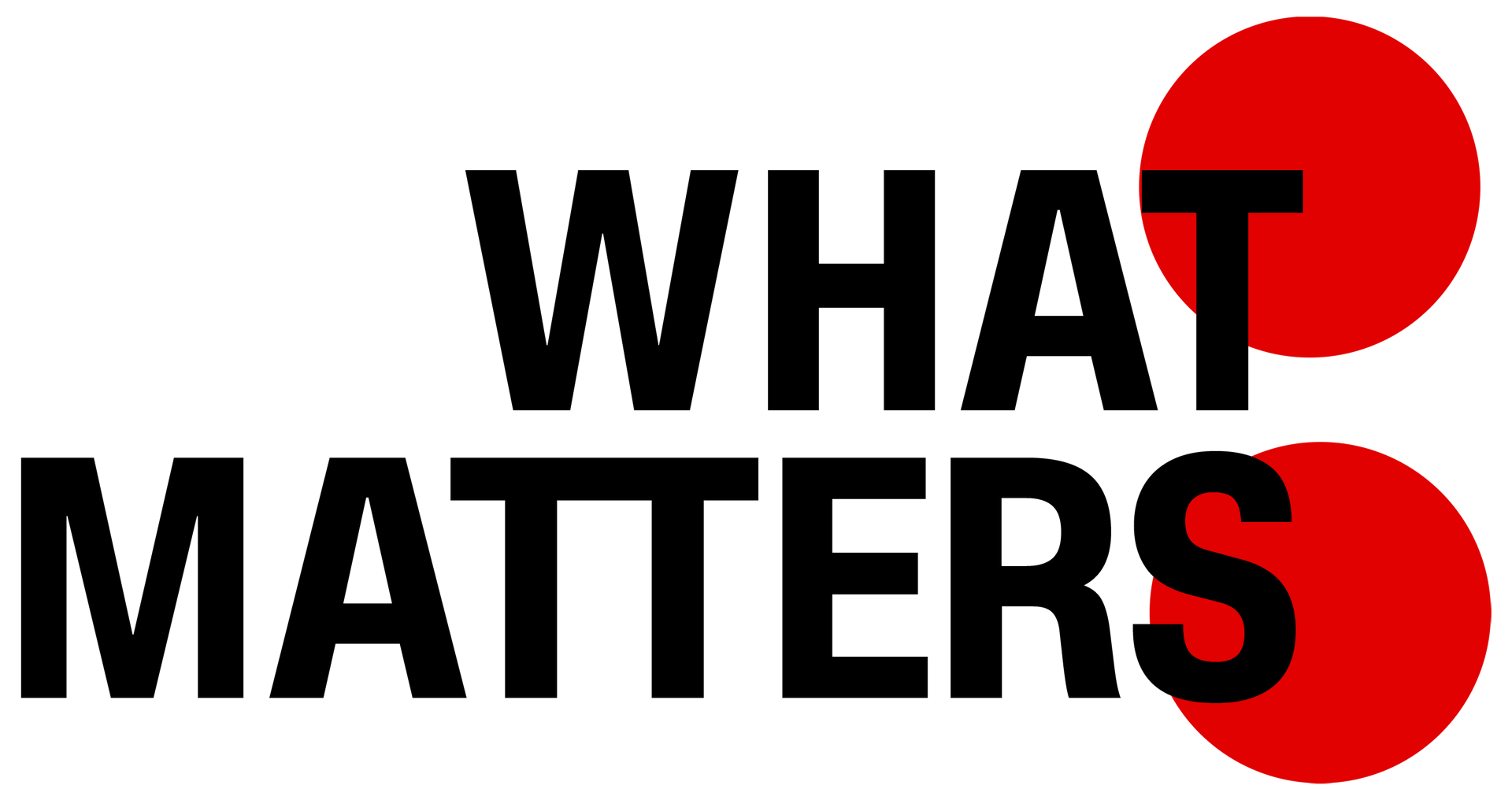

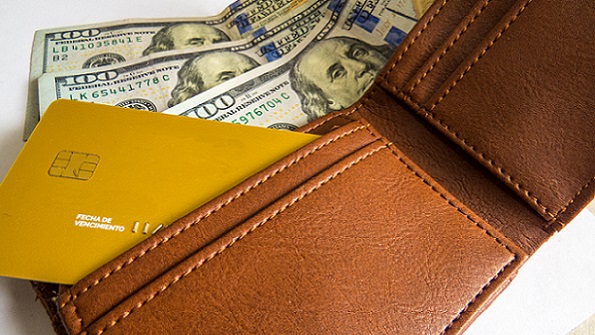
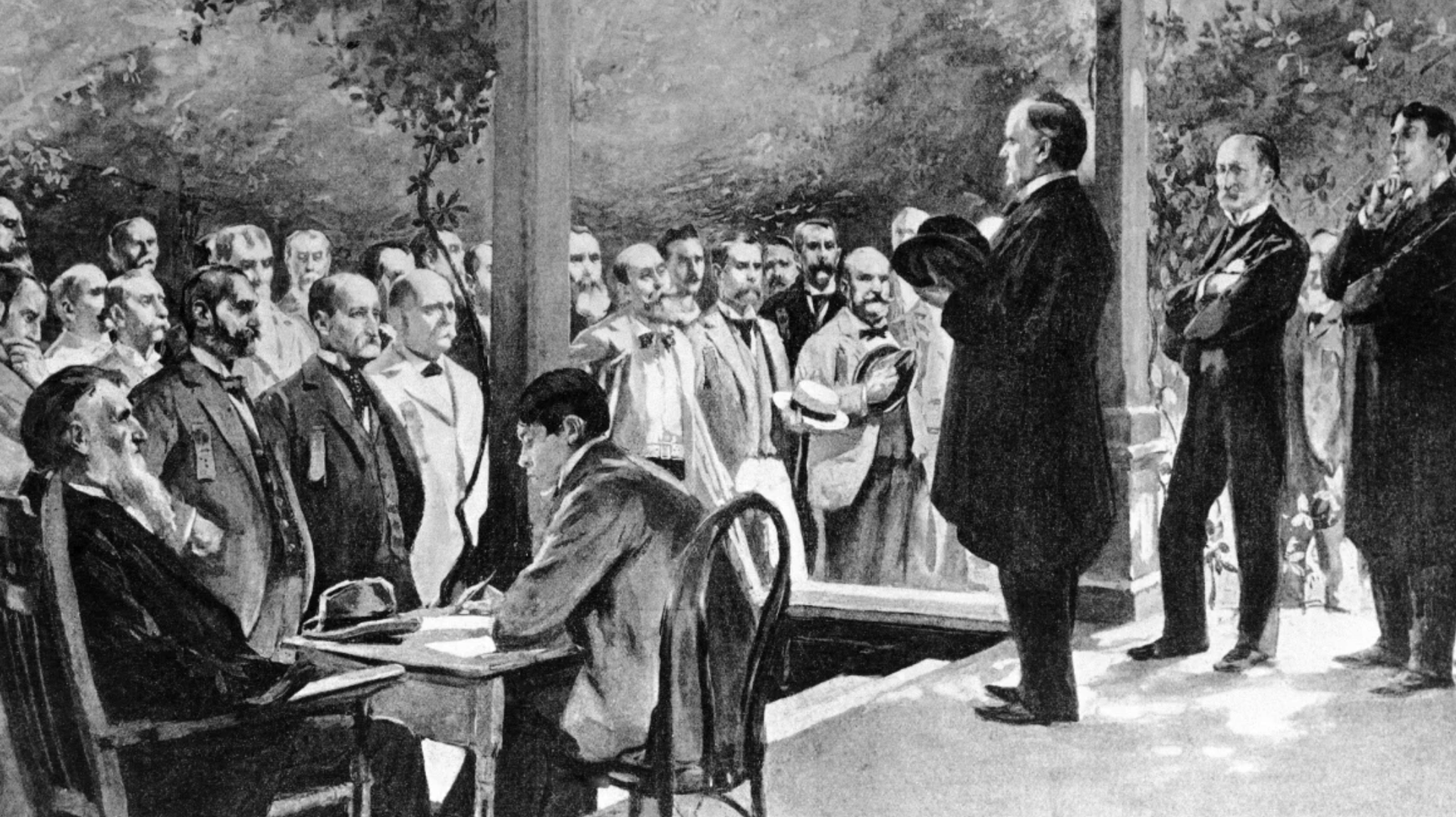
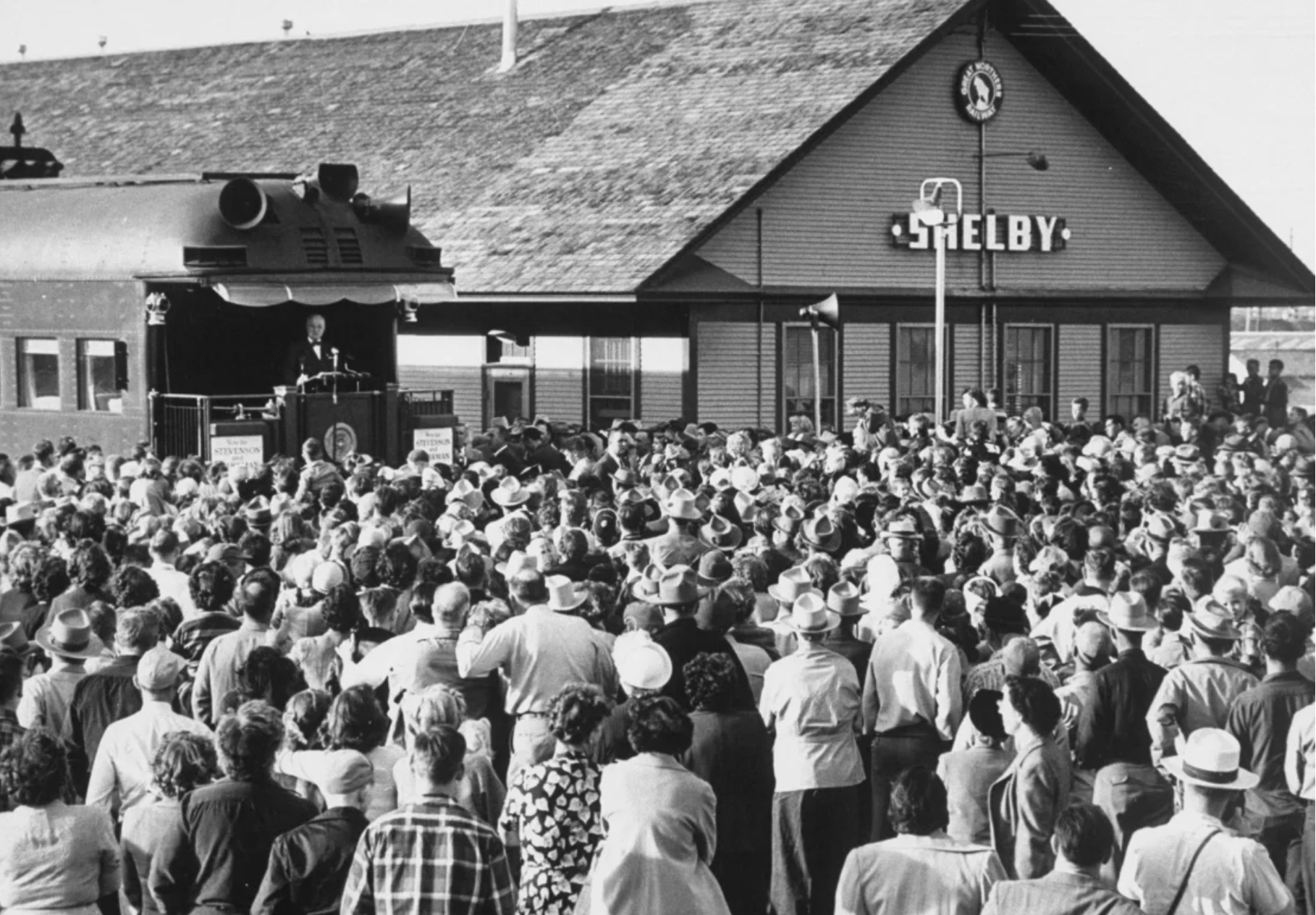
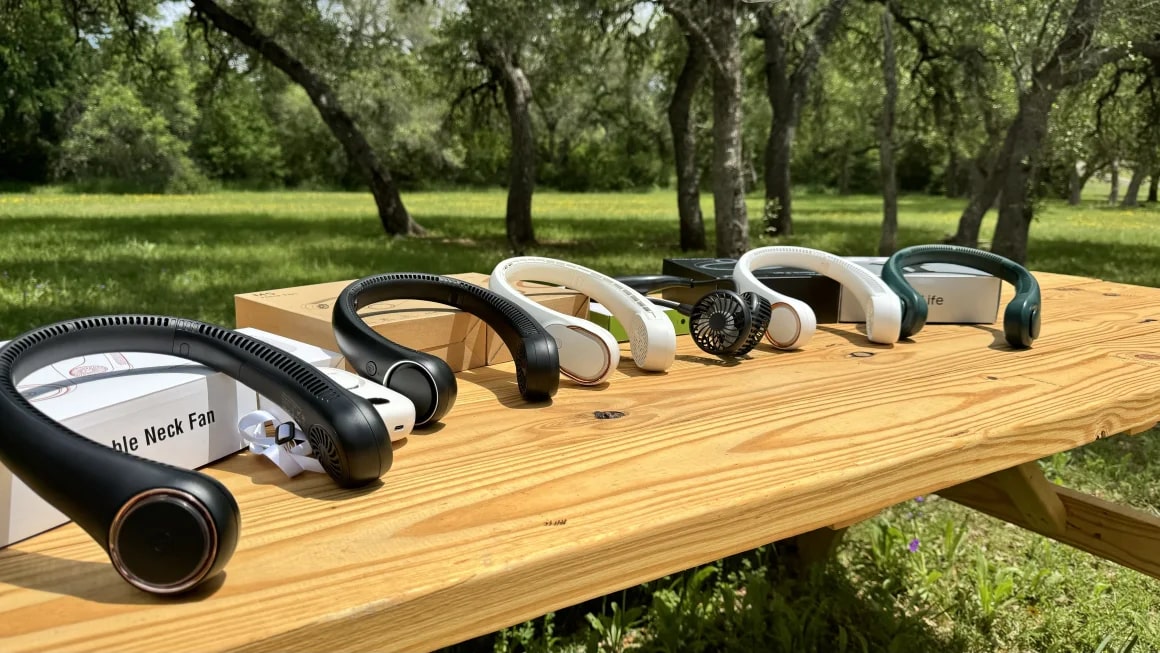




No hay comentarios:
Publicar un comentario